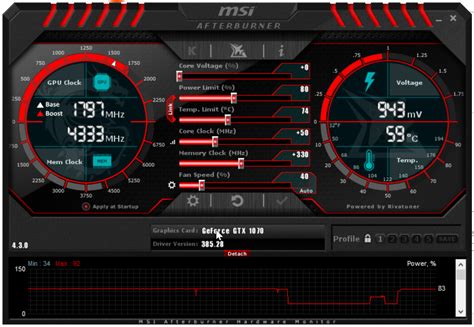Ethereum: because my complete knot was eliminated the network last night
A frustrating problem has afflicted the users and developers of Ethereum, causing the failure of their complete knots with an encrypted error message that has left many scratching their heads. The problem is not unique for a particular user or network, but rather a technical problem that can occur on both Mainnet and testnet.
The problem: a complete failed node
A “complete knot” refers to the software package that manages the blockchain Ethereum, allows users to check the transactions, create new blocks and participate in the decentralized network. When a complete node is eliminated from the network, it means that the node has lost access to the main Ethereum network and cannot send or receive transactions.
In this case, the Ethereum user agent (the software he runs on the device) received an error message that indicates that the complete node had not succeeded. The error message included a timest of 25 September 2017, at 9.15:59 pm and indicated that the Bitcoin version was V0.15.0.1.
A look at the story of Ethereum
It is worth noting that this problem is not new. In May 2022, a similar error message was received by many mainnet users, indicating that their complete knots had not been able to a fork or blockchain conflict. The error message was the same as yours:
2017-05-19 20:15:59 Bitcoin version V0.16.0.1
What happened last night?

Unfortunately, the exact cause of the complete failure of the knot is unknown. However, it is likely that a technical problem or anomaly occurred on the Ethereum network, causing the failure of the knot.
Some possible causes for this problem include:
* Network congestion : high traffic on the mainnet can cause overwhelming and failures.
* Conflicts with other nodes : conflicts can occur between different blockchain forks, leading to temporary faults of the knot.
* OBSOLETO SOFTWARE or configuration : If your complete knot performs an obsolete version of the client or Ethereum, it may not be able to manage the needs of the network.
What to do after
If you are finding problems with your complete knot, follow these steps:
- Restart the knot : the restart of the complete node can solve any temporary problems.
- Check the updates
: Make sure the client and the Ethereum configuration are updated.
- Take into consideration the use of a different portfolio : if you use a specific wallet or software, try to move on to another to see if the problem persists.
Conclusion
The failure of the complete node is an isolated accident, but highlights the importance of monitoring network traffic and ensuring that the Ethereum client and the configuration are updated. While the Ethereum ecosystem continues to evolve, it is essential that users remain vigilant and adopt proactive measures to maintain the health and safety of their nodes.
Additional resources
If you are interested in knowing more about Ethereum or knot breakdowns, here are some additional resources:
* Documentation of the developers of Ethereum : the official documentation of developer Ethereum provides detailed information on the management of the node.
* Ethereum Sottogenei : Sottorete 1 is a popular testnet that allows developers to test new features and protocols before moving them to Mainnet.

